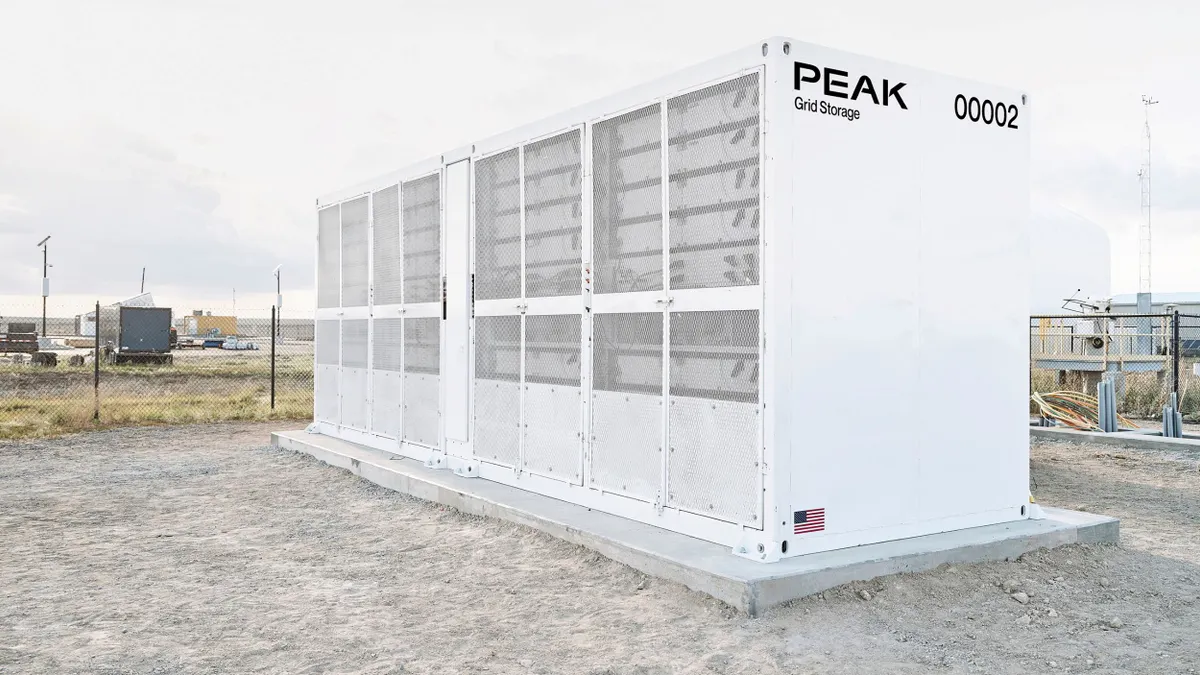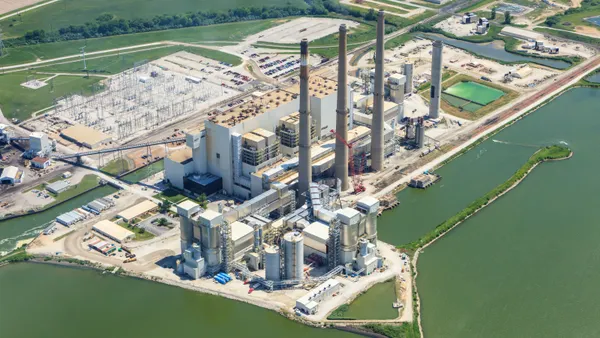Dive Brief:
- California Independent System Operator (CAISO) data shows solar is now the top renewables provider of electricity to the grid that delivers about 80% of California’s power and serves Southern California Edison (SCE), Pacific Gas and Electric (PG&E) and San Diego Gas and Electric (SDG&E).
- Calculations from CAISO data show utility-scale solar power plants produced 15,591,964 MWh, 6.7% of the 231,965,326 MWh system total in 2015. Wind provided 5.3% percent. Drought-diminished hydropower was at 5.9%.
- Distributed solar is not counted by the CAISO but if the estimated 467,200-plus privately owned smaller installations representing 3,655 MW were included, solar would likely be nearly 10% of the state’s electricity.
Dive Insight:
The rise of solar in California has been rapid and the impact of the state's four-year drought has been powerful. Three years earlier, in 2012, solar was 0.9% of CAISO’s generation mix while wind was 4% and hydro was 9.3% of the state’s electricity supply.
The growth of renewables in California is the result of the state’s rich solar and wind resources and policies that have driven the development of them. Under the 33% renewables by 2020 mandate, PG&E has contracted for 31.3% of its power to be renewables by 2020, SCE has contracted for 23.5%, and SDG&E has contracted for 38.8%, according to the California Public Utilities Commission. All are now gearing up to meet the new 50% by 2030 mandate.
California’s electricity average generation mix, according to CAISO, is 58.8% natural gas, 24.3% renewables, 12.5% large hydro, 3.5% nuclear, 0.5% coal and 0.4% oil.
Stanford University Professor Mark Jacobson's Solutions Project projects that California could get 100% of its power from renewables by 2050 with 13% from distributed solar, 41.5% from utility-scale solar power plants, 35% from onshore and offshore wind, 5% from geothermal, 4.5% from hydro, and 1% from wave and tidal energies.














